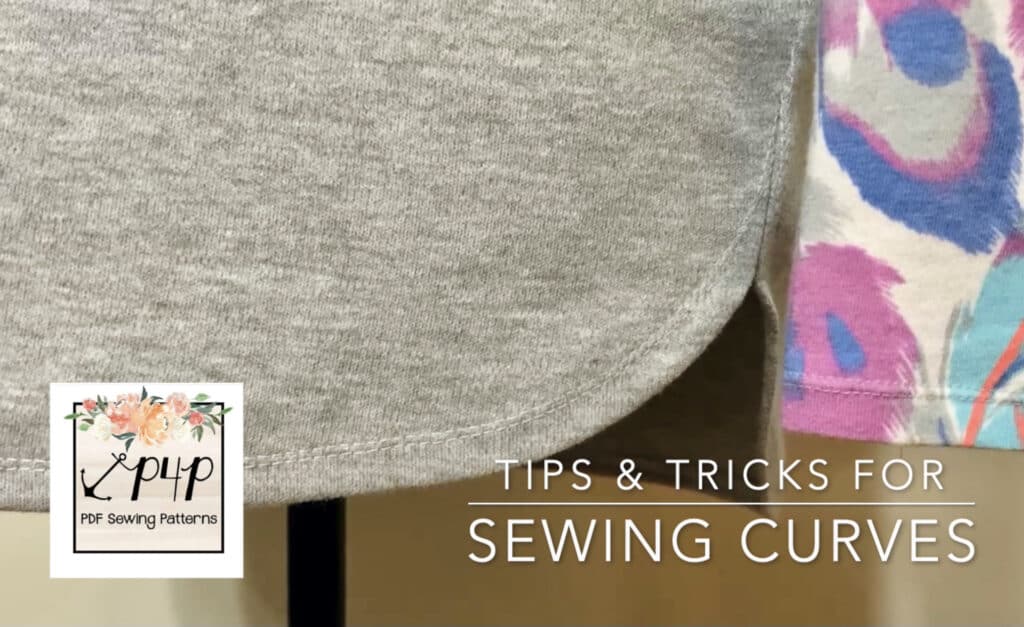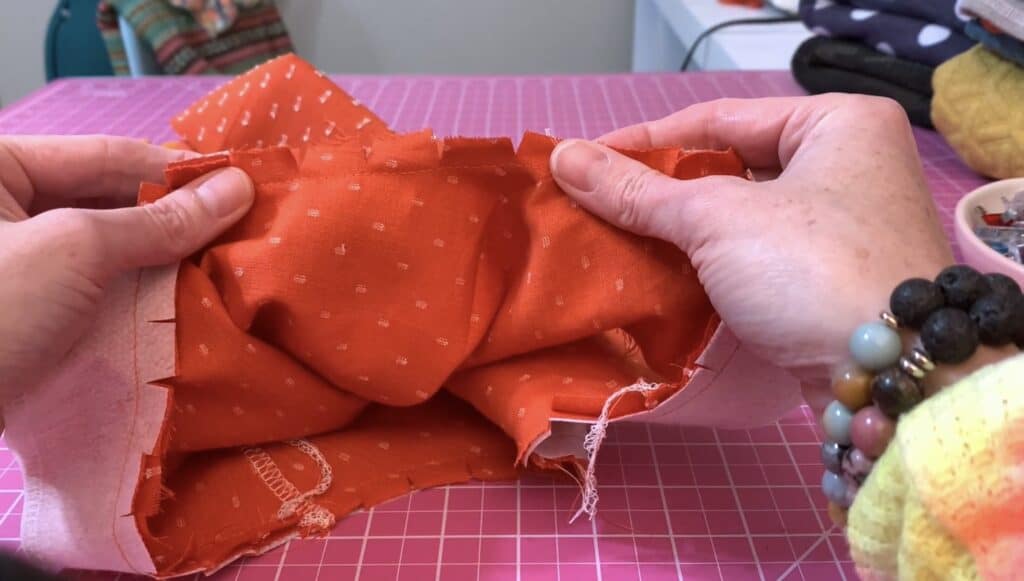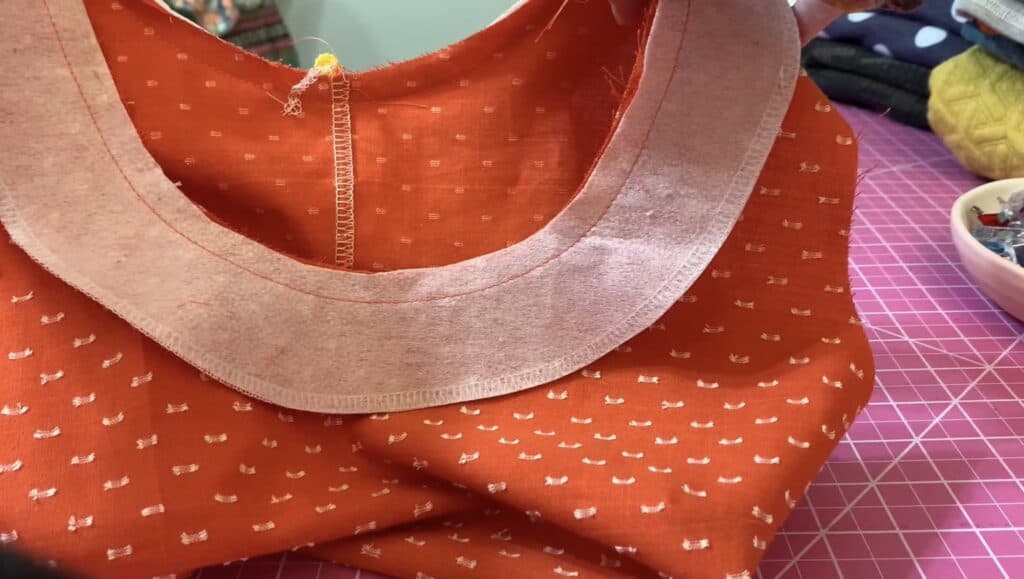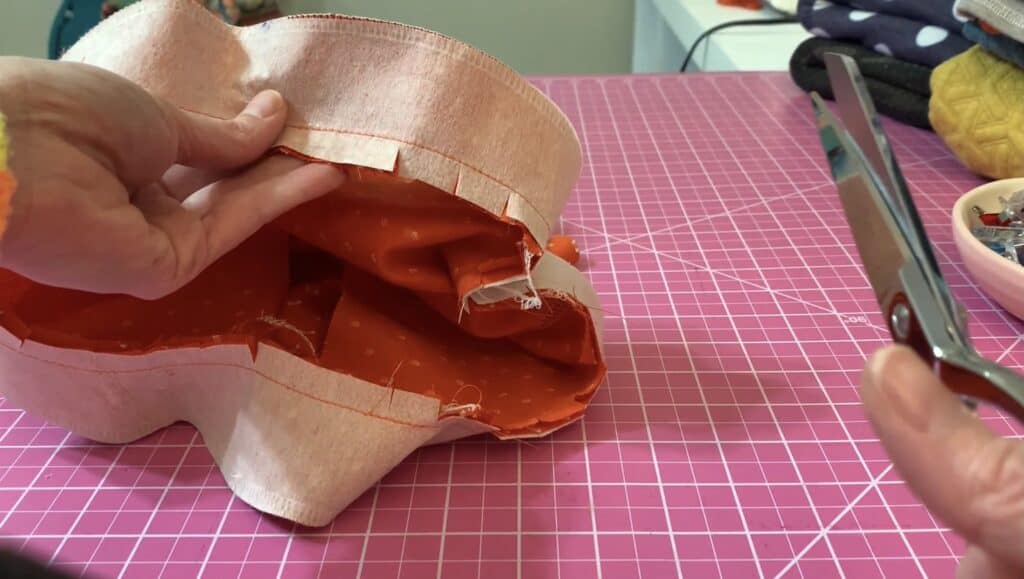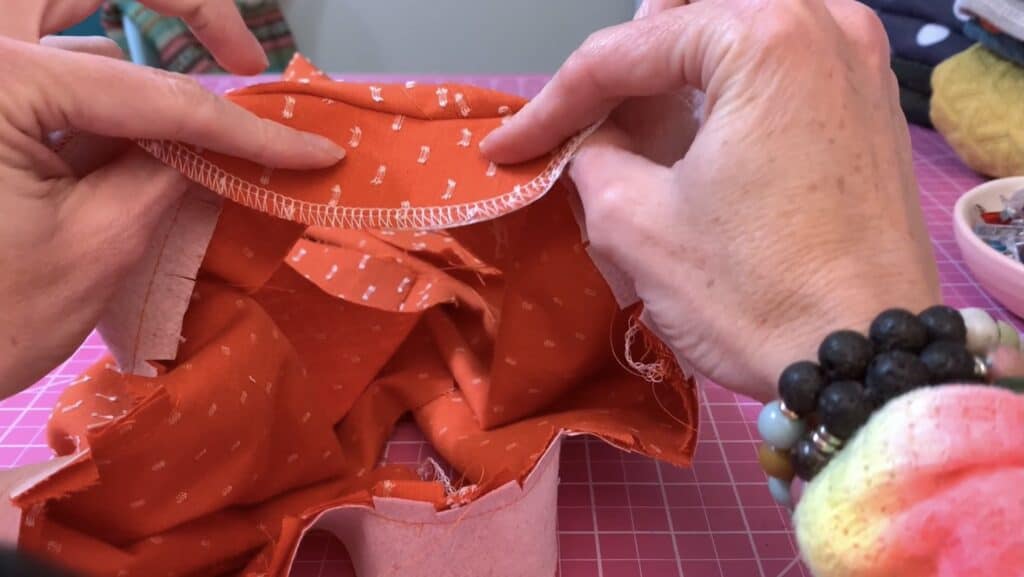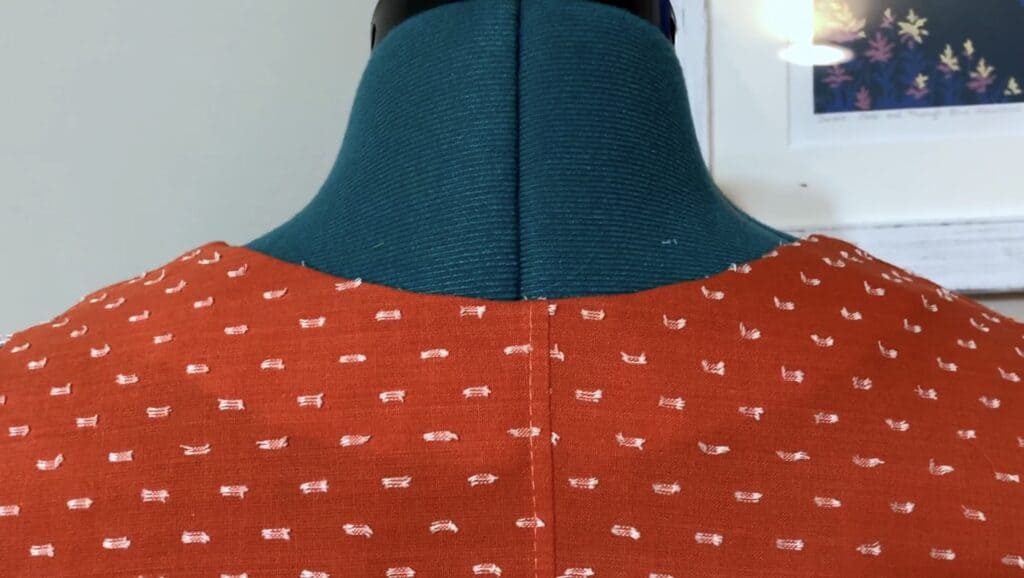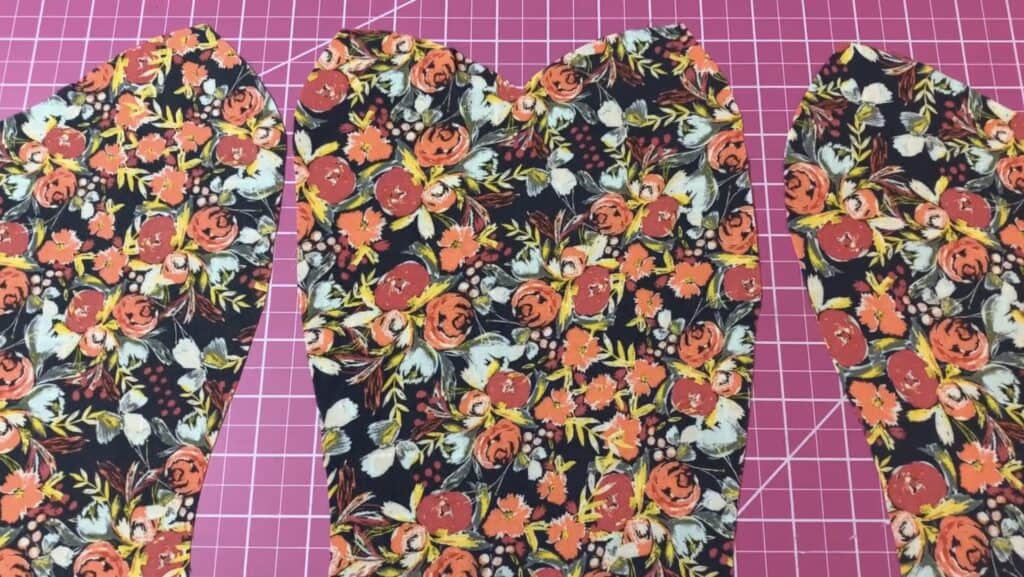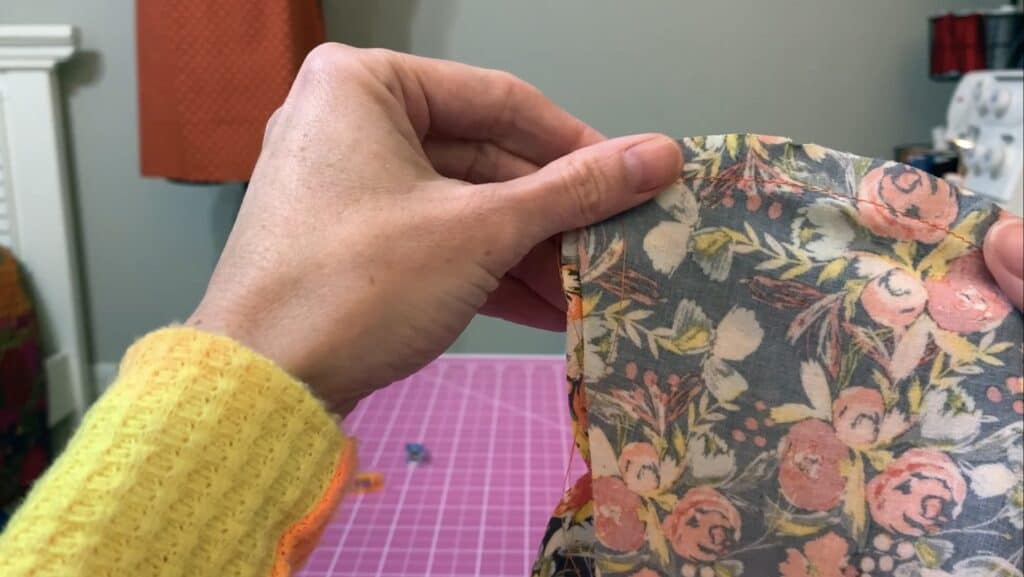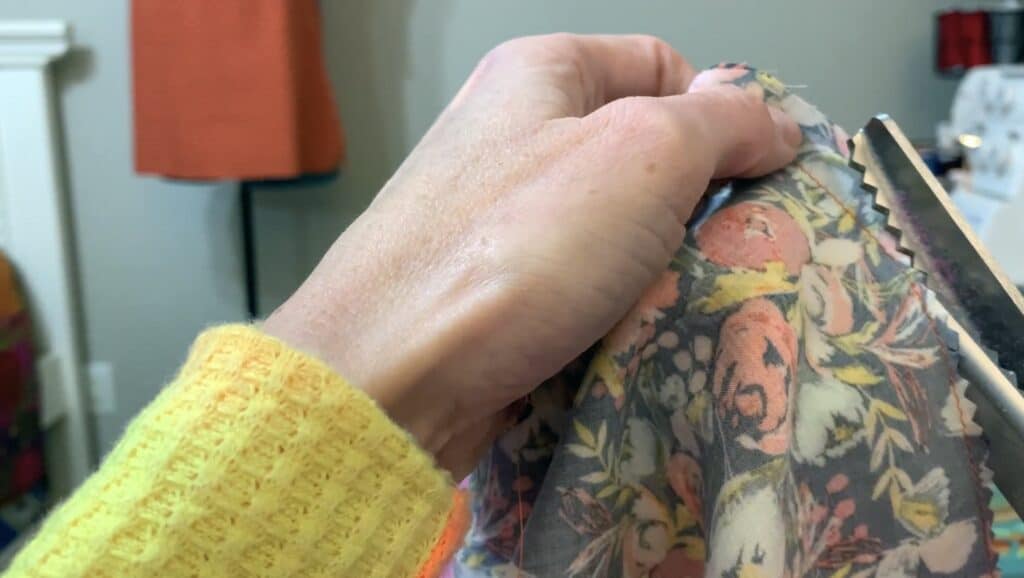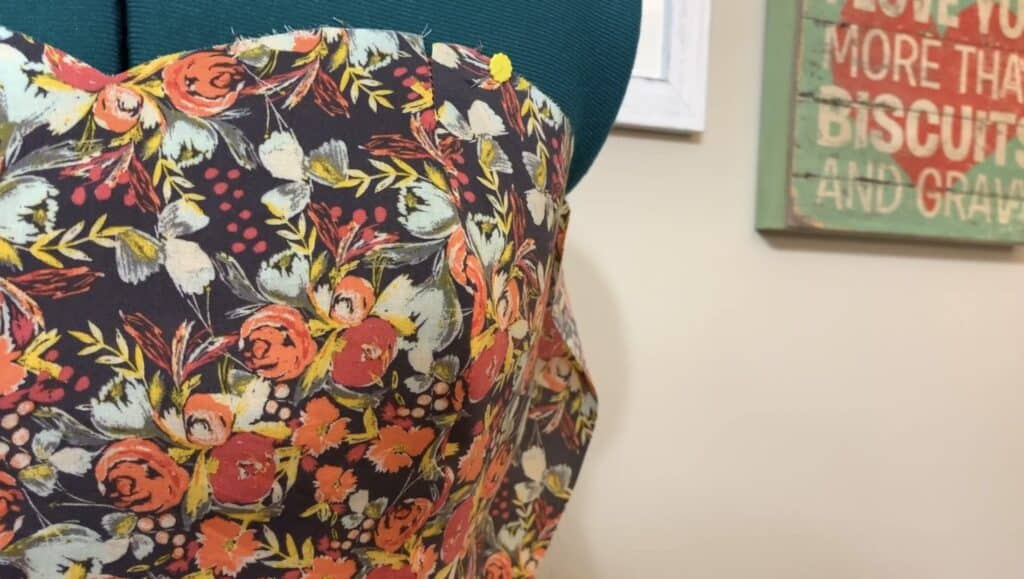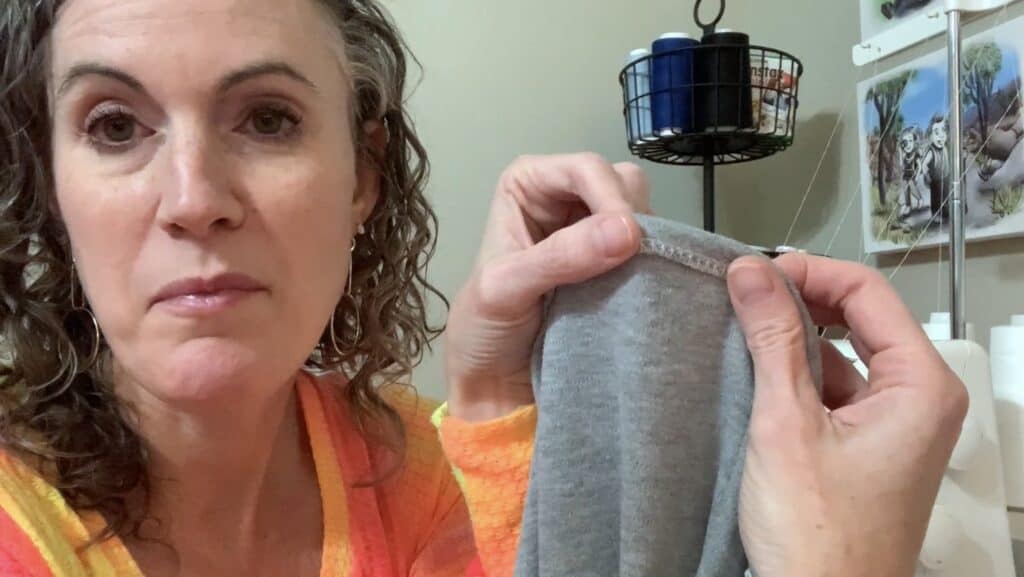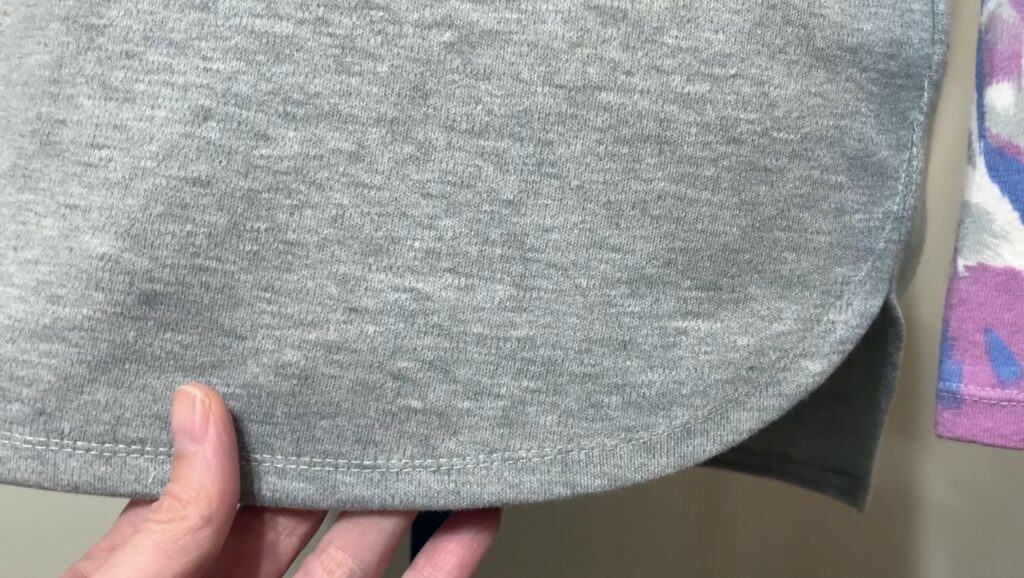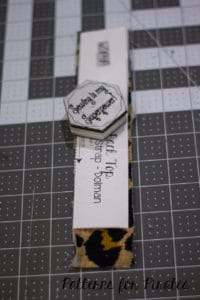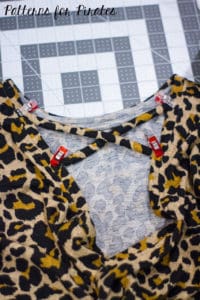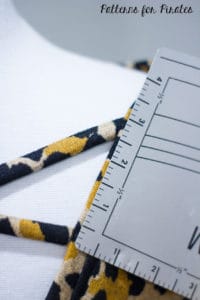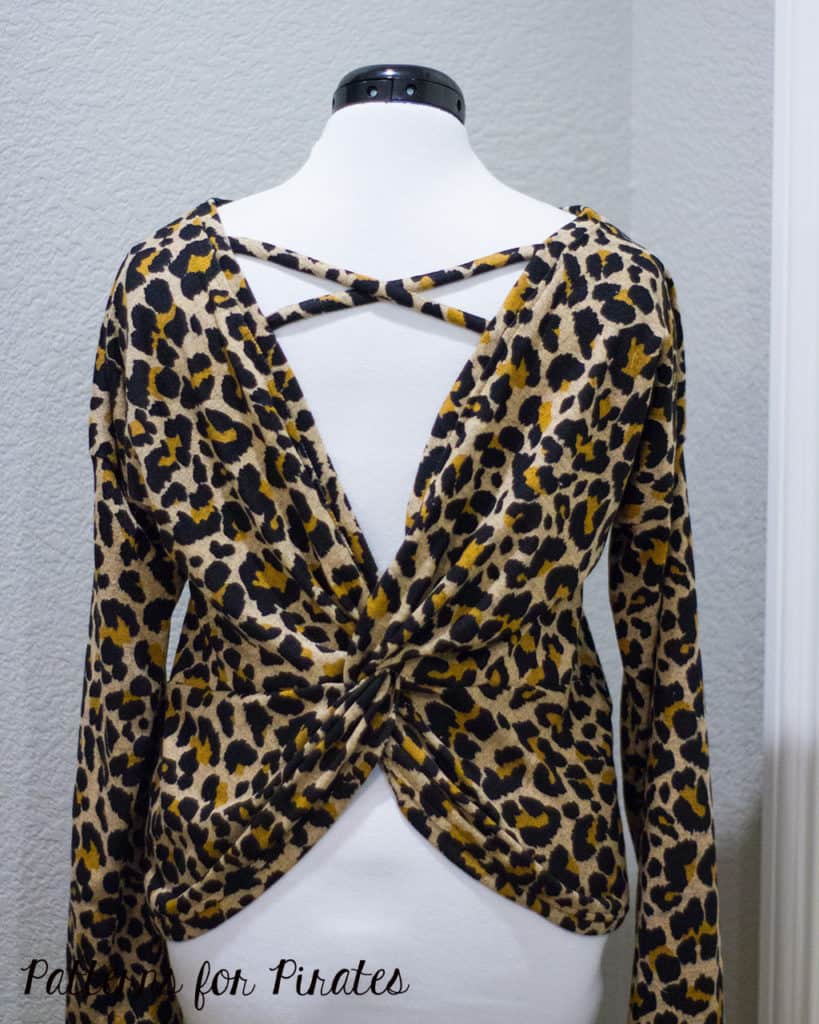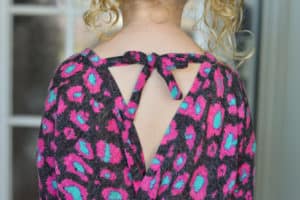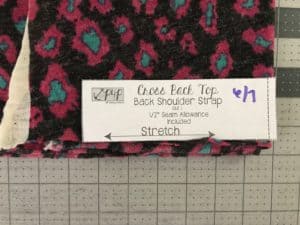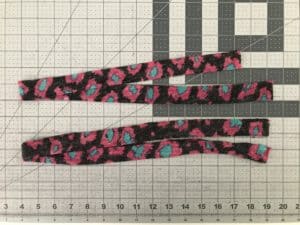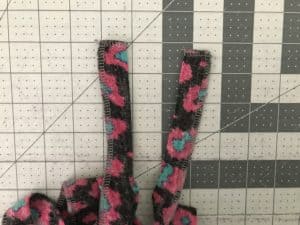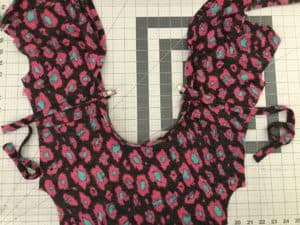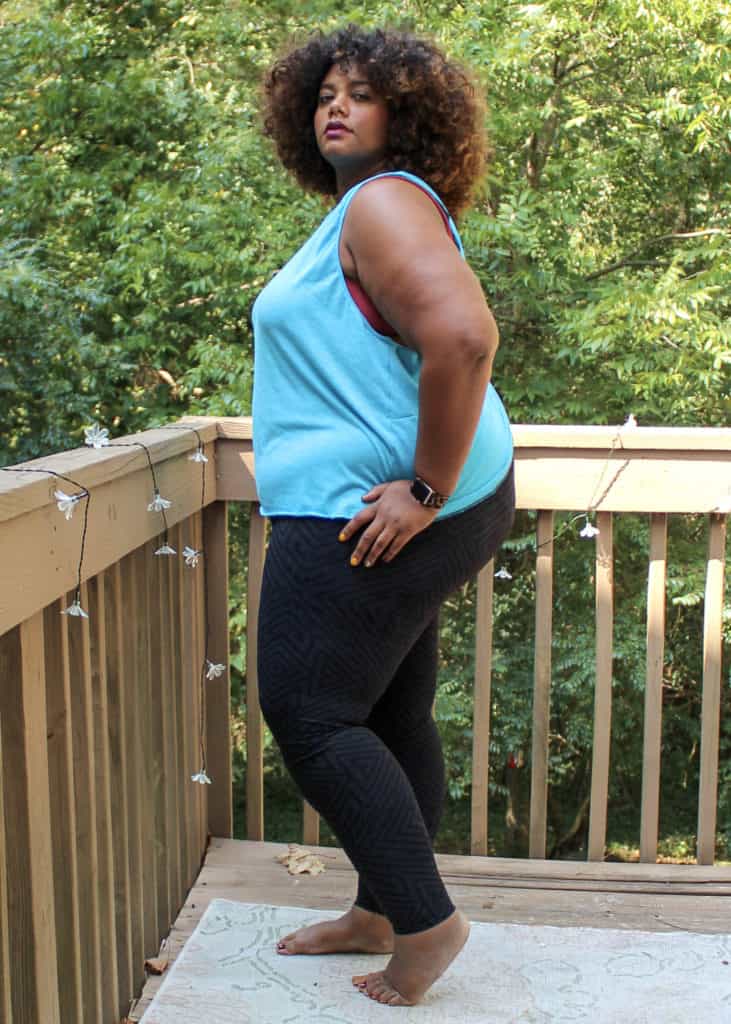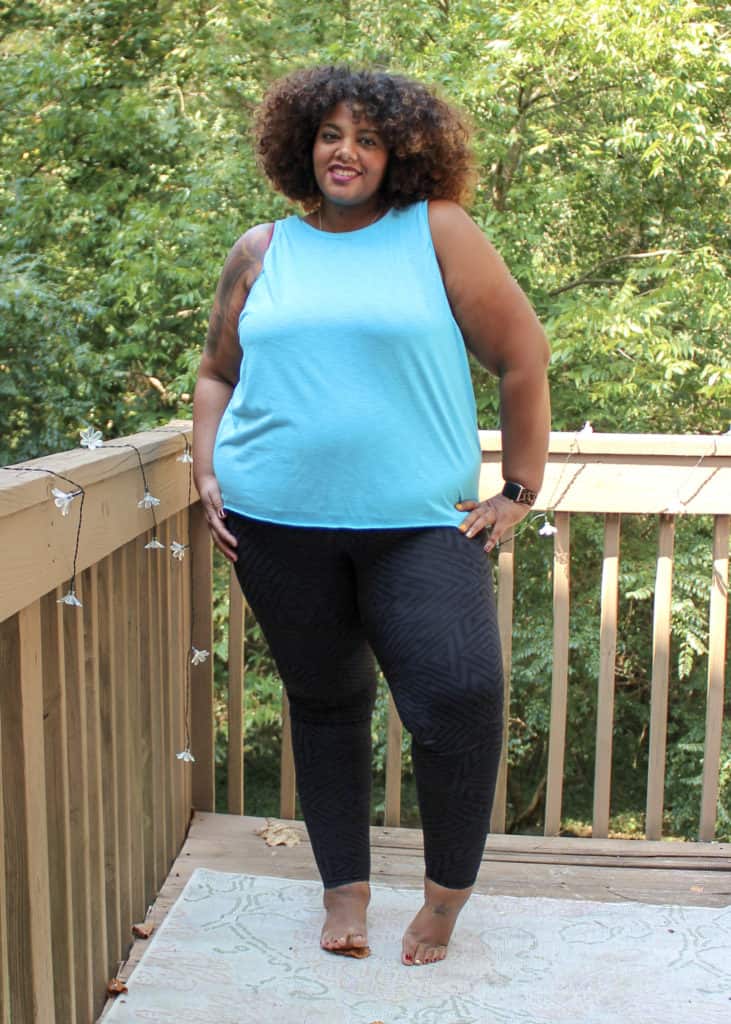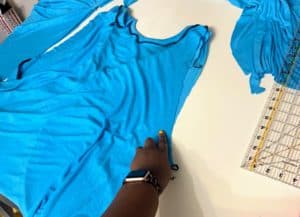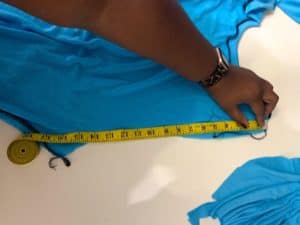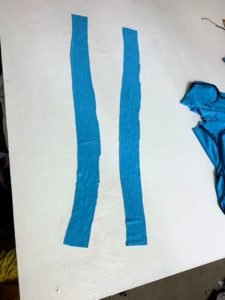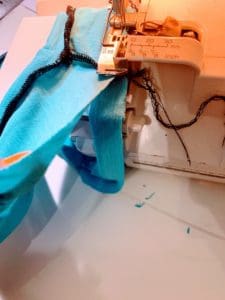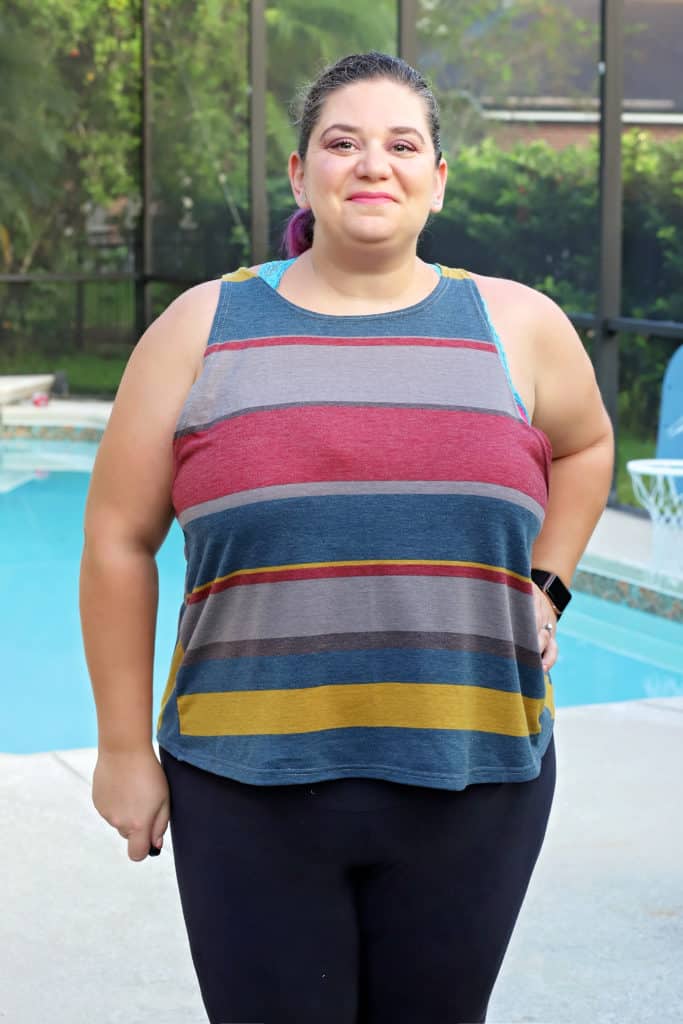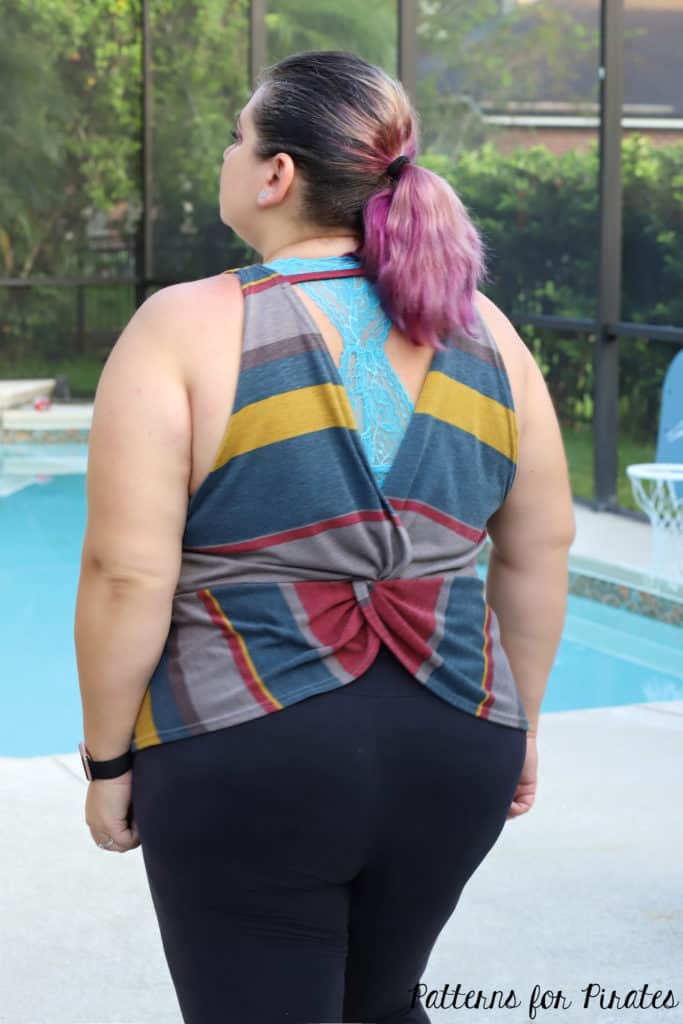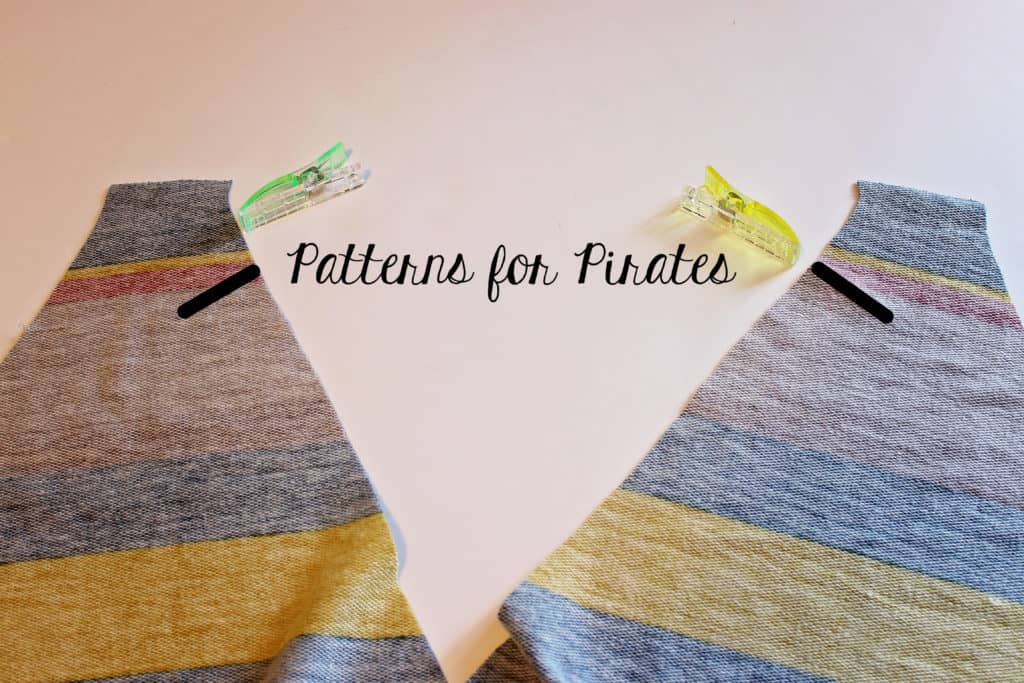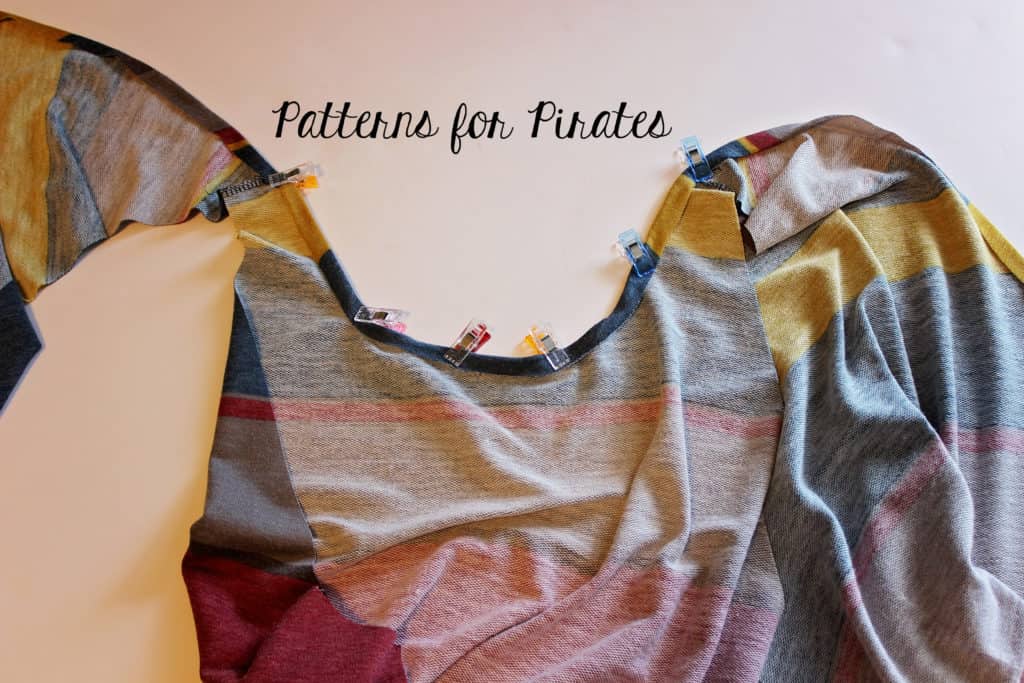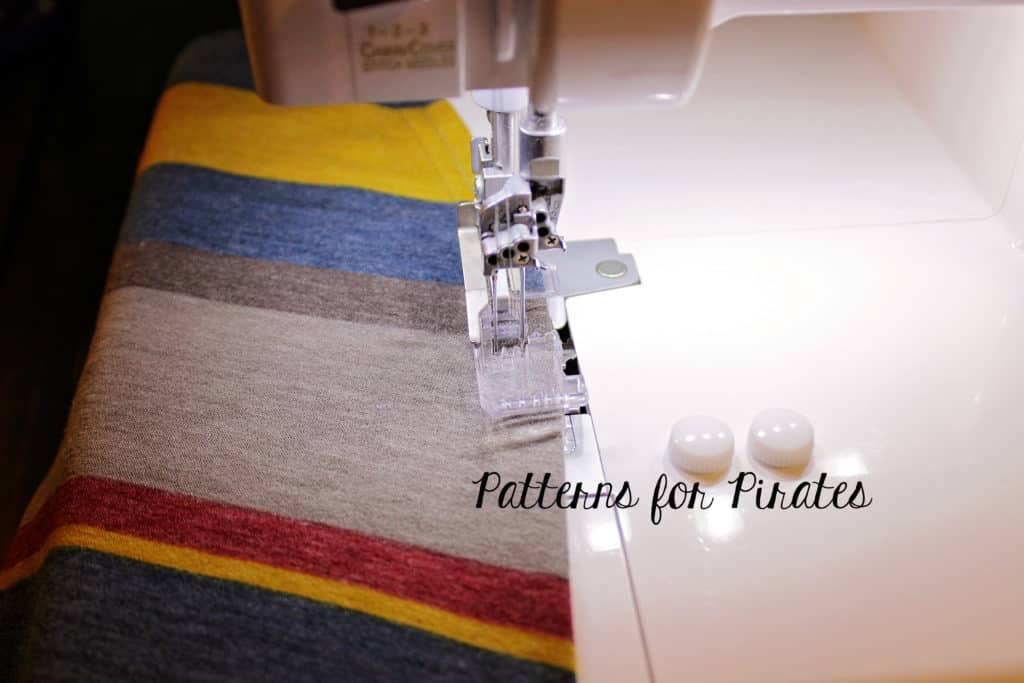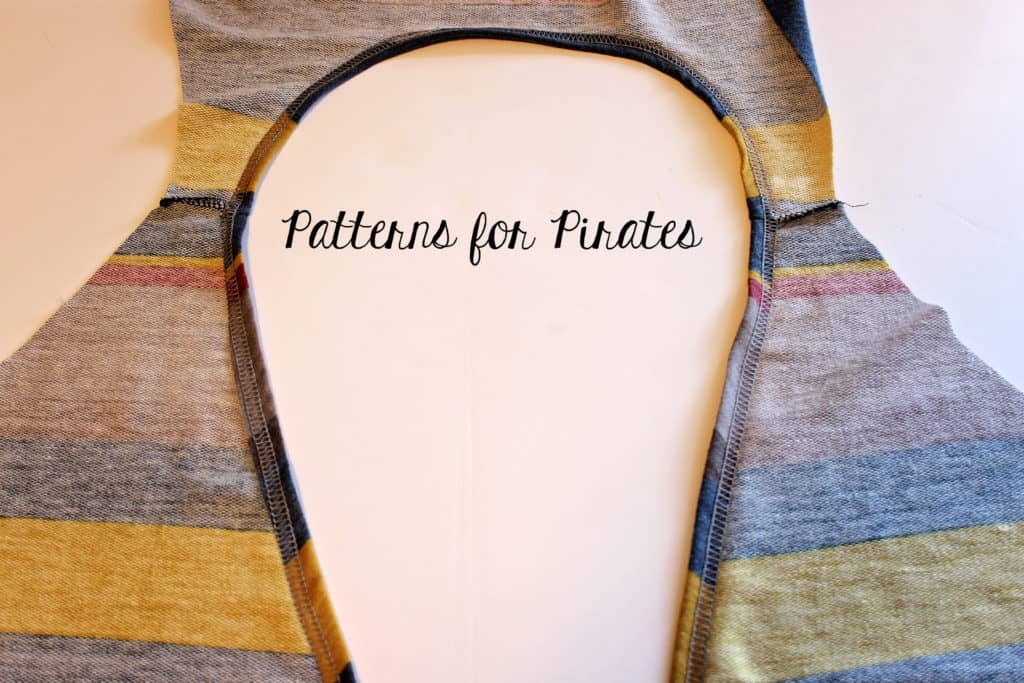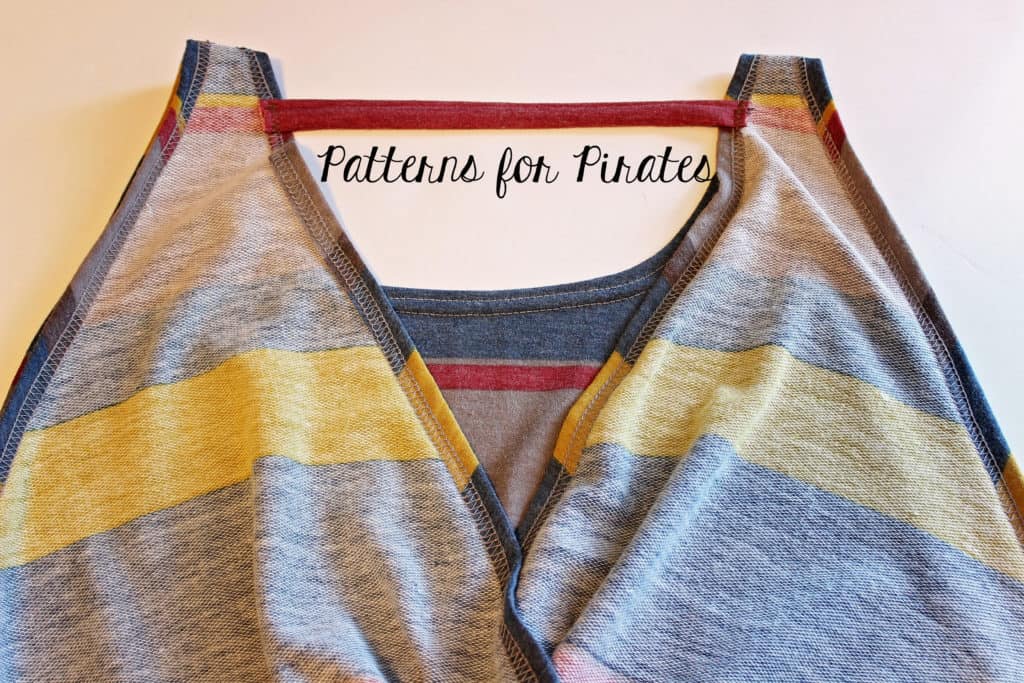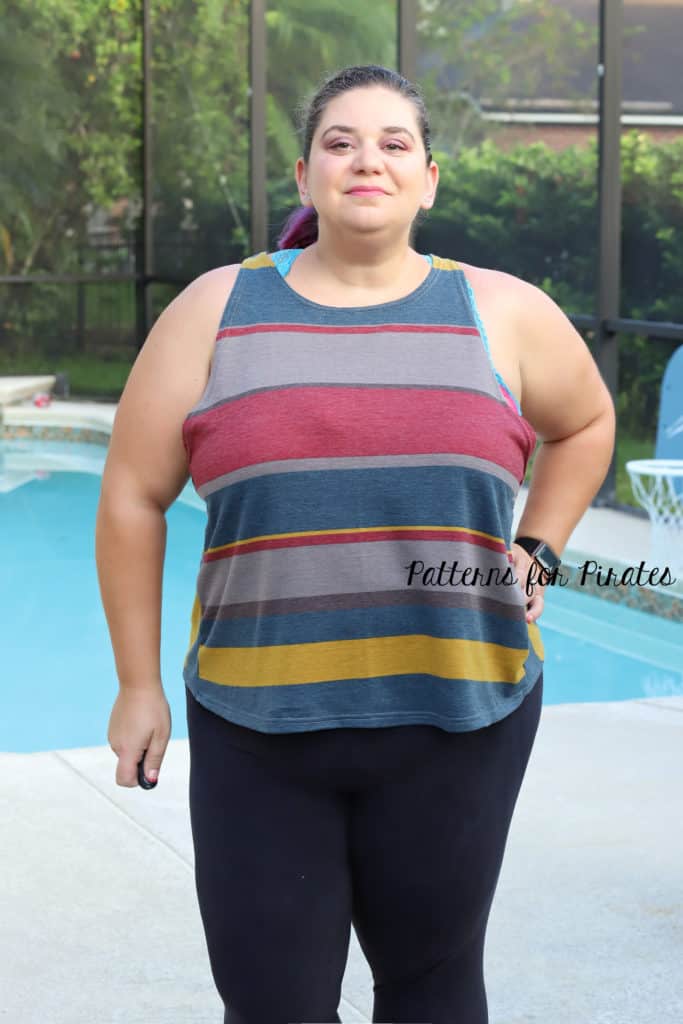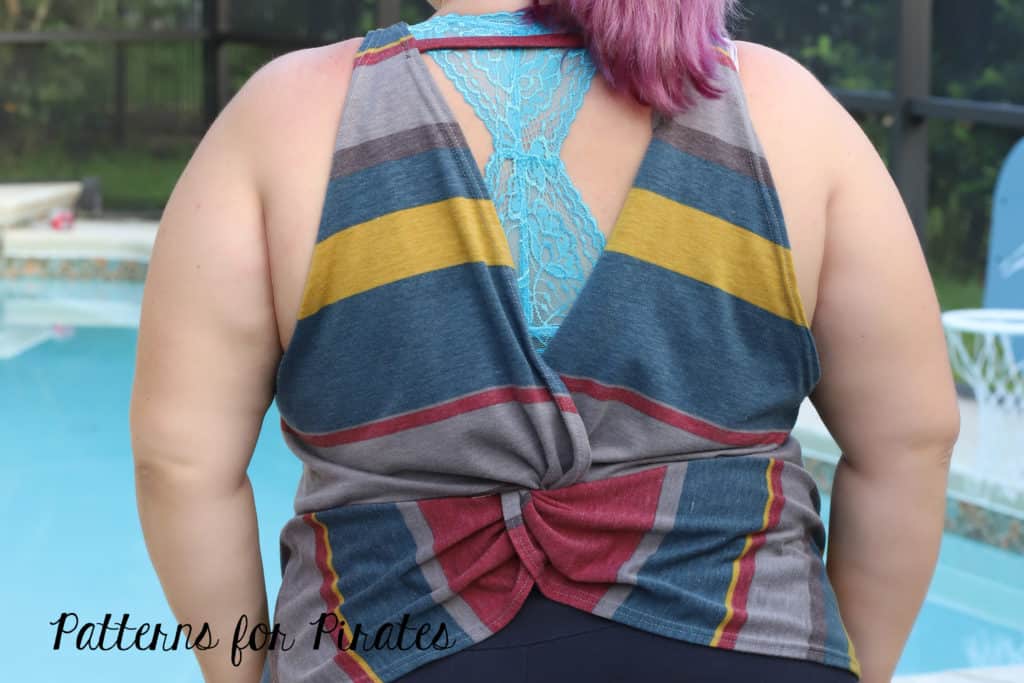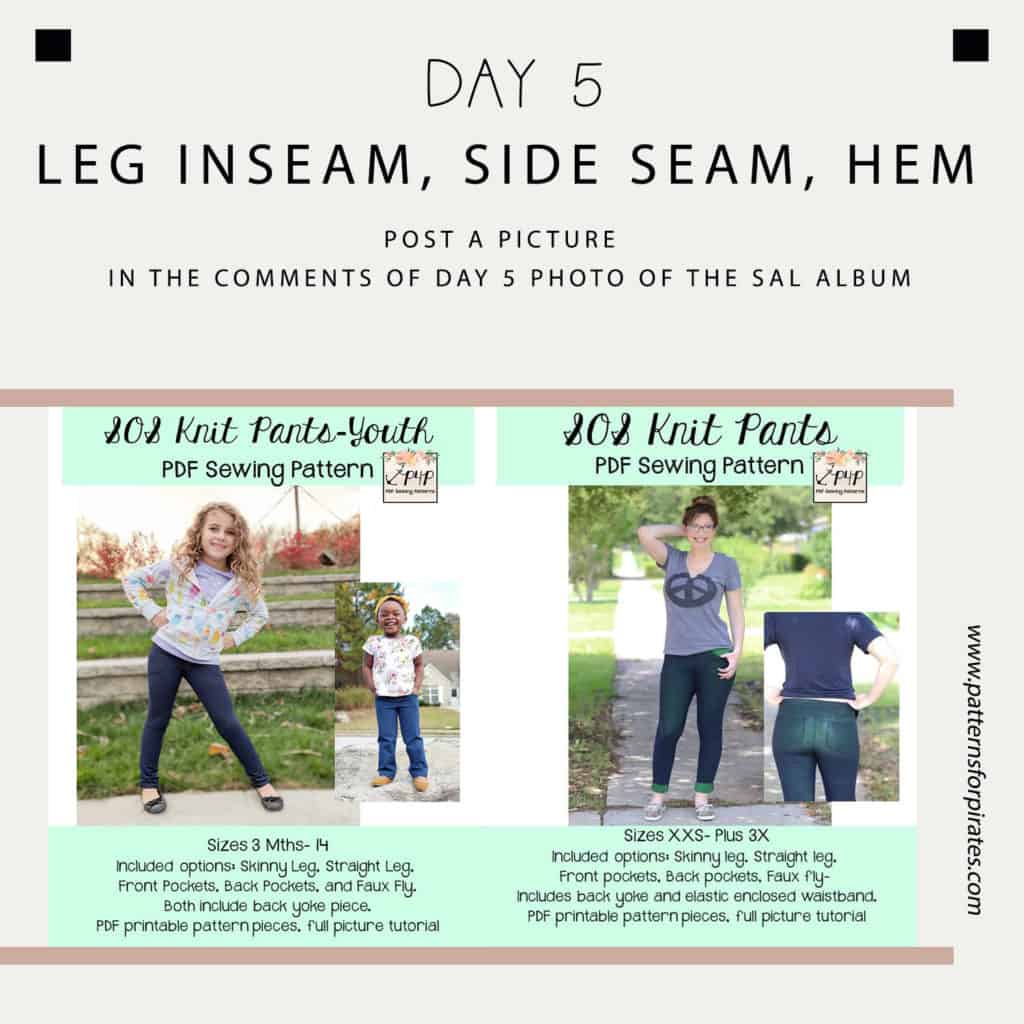Knowing how to properly sew curves makes a huge difference in giving your garments a more professional finish! There are different techniques, whether you are sewing a convex or concave curve… think neckline versus bust. At the core, the key is all about eliminating bulk and resistance so your curves can lay as designed.
Clip The Seams
The first technique works for curves, like necklines, that require the fabric to spread in an array. It’s simple!
Once you have your pattern pieces stitched together, clip into the seam allowance every half inch or so. Take good care not to snip through your seam!
You’ll notice that the fabric relaxes because the tension in the curve is gone!
To demonstrate, I’ve added a facing to the neckline of the Brunch Blouse. After stitching together and clipping my seams, I turned the facing to the inside of the shirt and gave it a good pressing.
Look at that result!
Grab Those Pinking Shears
Pinking shears can pretty much do it all… they can reduce bulk and relieve tension in your curves. Even more, they stop fabric from fraying!
To demonstrate, I’ve stitched up the front bodice of the So Classic Sundress. This gorgeous pattern features princess seams. You definitely want to reduce the bulk in those princess seams that run right along the front of your bust!
After stitching my pieces together, I trimmed the seam allowance with pinking shears and pressed the seam open.
Here’s the result!
Your Serger is Magic
Once I learned how to gather on my serger, I wanted all the ruffles! It turns out that you can also make small adjustments that will help you to achieve the perfect curved hem on knits.
All you need to know… turn up that differential dial! You’ll want to test on a few scraps to determine how much to adjust the dial.
In this instance, tension is your friend! You want to create slight tension along the raw edge of your hem. That will cause the hem to naturally turn inward and help you to maintain that beautiful curved edge without fighting fabric folds. All you have to do is pin and stitch!
My fabric was a heavier knit so I adjust the differential feed all the way up. A lighter knit wouldn’t require the same adjustment.
Again, once I learned this trick, it changed my relationship with curves! I love it.
I hope you find these techniques helpful! Please drop questions in the comments below and join us in the Patterns for Pirates Facebook Group.
Happy sewing!
